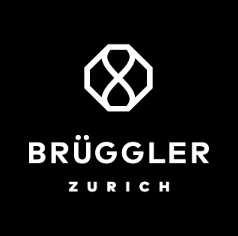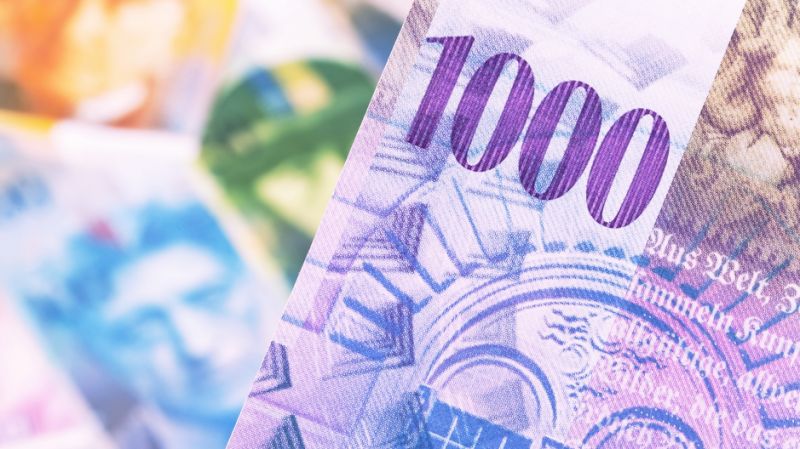Discover how the Swiss franc became the world’s most trusted currency — and why its strength still matters today.
In 2025, the Swiss franc celebrated its 175th anniversary—a rare milestone in global currency history. Introduced on 7 May 1850, it replaced over 800 regional coins, bringing consistency, transparency, and national identity to Switzerland’s monetary system.
Since then, the franc (CHF) has become a pillar of global financial stability. Known for its strength and reliability, it has consistently outperformed major currencies across decades. Investors and governments consider it a safe haven, especially during geopolitical tension or market volatility.
Crucially, Switzerland challenges the belief that a strong currency harms exports. On the contrary, Swiss goods account for roughly 75% of GDP, and the country holds around 2% of global exports. From pharmaceuticals and precision instruments to fine chocolate and watches, “Made in Switzerland” means trusted quality — even at a premium.
The Swiss financial sector has played a key role in building this credibility. Private banks have safeguarded international wealth through discretion and long-term thinking for centuries, and independent wealth managers have expanded Swiss financial expertise to a broader, global clientele in recent decades.
Switzerland still issues the CHF 1000 banknote — the highest-denomination paper currency actively circulating worldwide. While occasionally questioned abroad, it remains widely accepted in domestic life and seldom misused, reflecting the country’s deep-rooted financial trust.
Beyond monetary strength, the franc reflects values: discipline, innovation, and resilience. While some economies pursue currency devaluation to regain competitiveness, Switzerland has shown that real value is earned, not manipulated.
At 175, the Swiss franc is more than just money. It’s a symbol — I’m proud to call it my reference currency.
Source: LinkedIn




